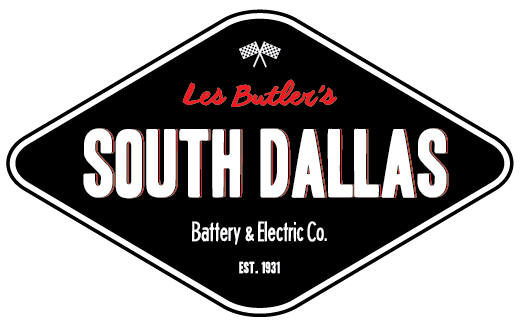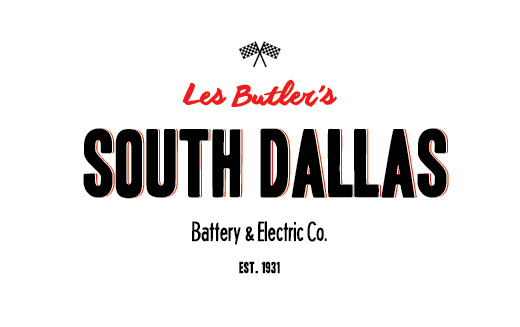How the starting system works
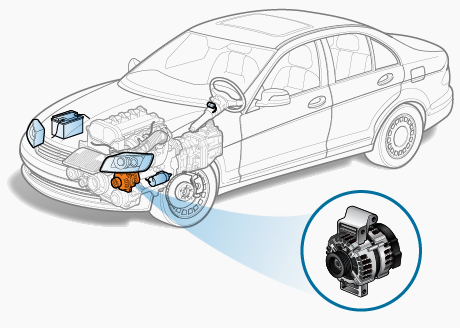
Technically speaking, an alternator converts mechanical energy into electrical energy through a process known as alternating current. Alternators are electrical generators; what gives an engine its spark, the headlights their light, and the heater its power while the vehicles moving down the road.
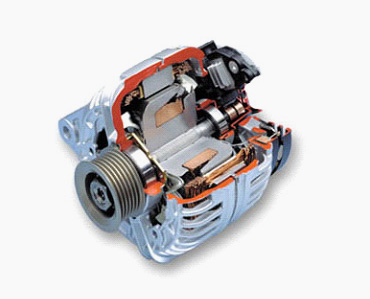
Although many people assume the battery powers all those things, the truth is that the battery only does one thing: start the engine or operate electronics when the ignition is off — for a limited time; once the engine fires, the alternator takes over and provides juice for everything.
An engine runs on air, fuel, and spark. While the battery supplies the electricity needed for that initial spark, it only has enough power to get the car a few miles down the road, and that's where the alternator comes in — it continually charges the car battery while in motion while simultaneously operating all the electronic components of the vehicle. This means that while the voltage of most car batteries is 12 volts, an alternator will typically output anywhere between 13 and a half and 15 volts of electricity.
HOW ALTERNATORS WORK TO MAKE ELECTRICITY
The alternator has three main components and a voltage regulator: The Stator, Rotor, and Diode. When the alternator belt or V-belt spins the pulley on the alternator, the rotor inside the alternator spins fast. The rotor is basically a magnet or group of magnets that spin, with all that speed, inside a nest of copper wires, which are called the stator.
This spinning of magnets at incredibly fast speeds along copper wires creates electricity through a process of electromagnetism harness conducted through the copper wires to the diode, which changes the electricity from AC to DC current that the car battery can use.
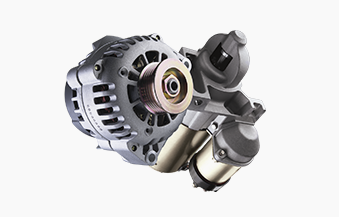
The next step happens within the voltage regulator — a built-in component on modern alternators — which is basically a gatekeeper that will shut off the flow of power to the battery if the voltage goes above a certain level, usually 14 and a half volts, which keeps the battery from getting overcharged and cooked.
As the car battery is drained, current is allowed to flow back into it from the alternator and the cycle goes on and on.
SIGNS OF A BAD ALTERNATOR
When a car alternator is going bad, drivers will notice a reduced capacity for electrical use, often resulting in things like dim headlights. But these clues won't last long, because a partially charged battery usually has enough power to operate things like headlights and power windows, but will fail the next time you try to start the vehicle.
There is also usually a dash board light, also known as the battery light because it's often shaped like a little battery, that will alert drivers to an alternator that is not providing enough charge to keep the system up. Concerned car owners can also check the charging system, or take the car to a mechanic if they are experiencing any sort of electrical issue.
